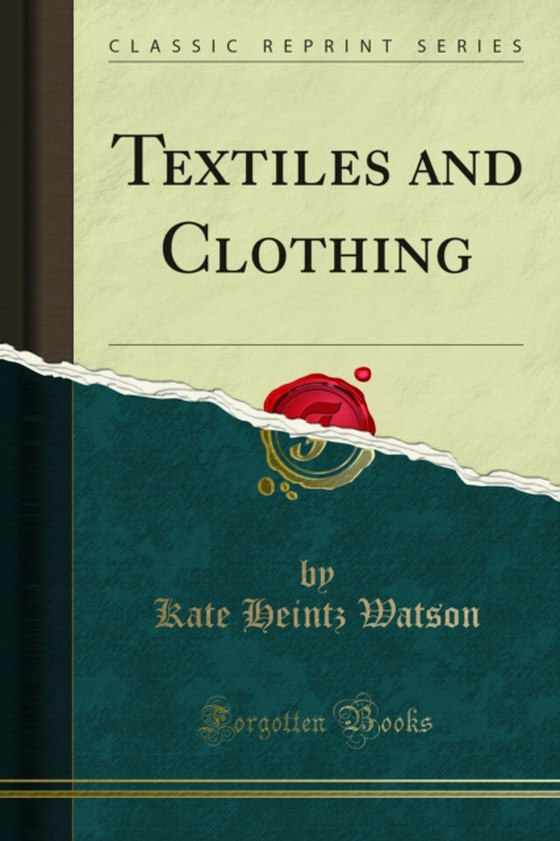
Textiles and Clothing e-bog
97,20 DKK
(ekskl. moms 77,76 DKK)
Whilst the greatest effort has been made to ensure the quality of this text, due to the historical nature of this content, in some rare cases there may be minor issues with legibility. Kate Heintz Watson's book <i>Textiles and Clothing</i> is a textbook for those who work with various fabrics, focused specifically on the creation of various articles of clothing.<br><br>&...
E-bog
97,20 DKK
Forlag
Forgotten Books
Udgivet
27 november 2019
Genrer
Needlework and fabric crafts
Sprog
English
Format
pdf
Beskyttelse
LCP
ISBN
9780243606580
Whilst the greatest effort has been made to ensure the quality of this text, due to the historical nature of this content, in some rare cases there may be minor issues with legibility. Kate Heintz Watson's book <i>Textiles and Clothing</i> is a textbook for those who work with various fabrics, focused specifically on the creation of various articles of clothing.<br><br><i>Textiles and Clothing</i> is divided into three distinct parts. Part one serves as an introductory chapter. The arts of spinning and weaving are discussed in depth. This is followed by a summary of popular textiles, including wool, flax, cotton, and silk. The history of these textiles, as well as their modern usage, are explained in detail. Part two focuses specifically on hand sewing. Common stitches and their uses are carefully outlined. Ornamental stitches, hems, fastening, and plackets are all covered in depth in this chapter. In the third part of this book, Watson provides instructions and suggestions for the creation of specific garments, including dresses, skirts, jackets, and children's clothing.<br><br>Photos are presented throughout the book to assist the reader, however it is difficult to see fine details in these images. As this book was originally designed as a textbook, there are also study questions presented at the conclusion of each chapter. Reviewing these questions will assist the reader that is new to working with textiles. A detailed index concludes the book, making this text usable as a reference guide.
 Dansk
Dansk

